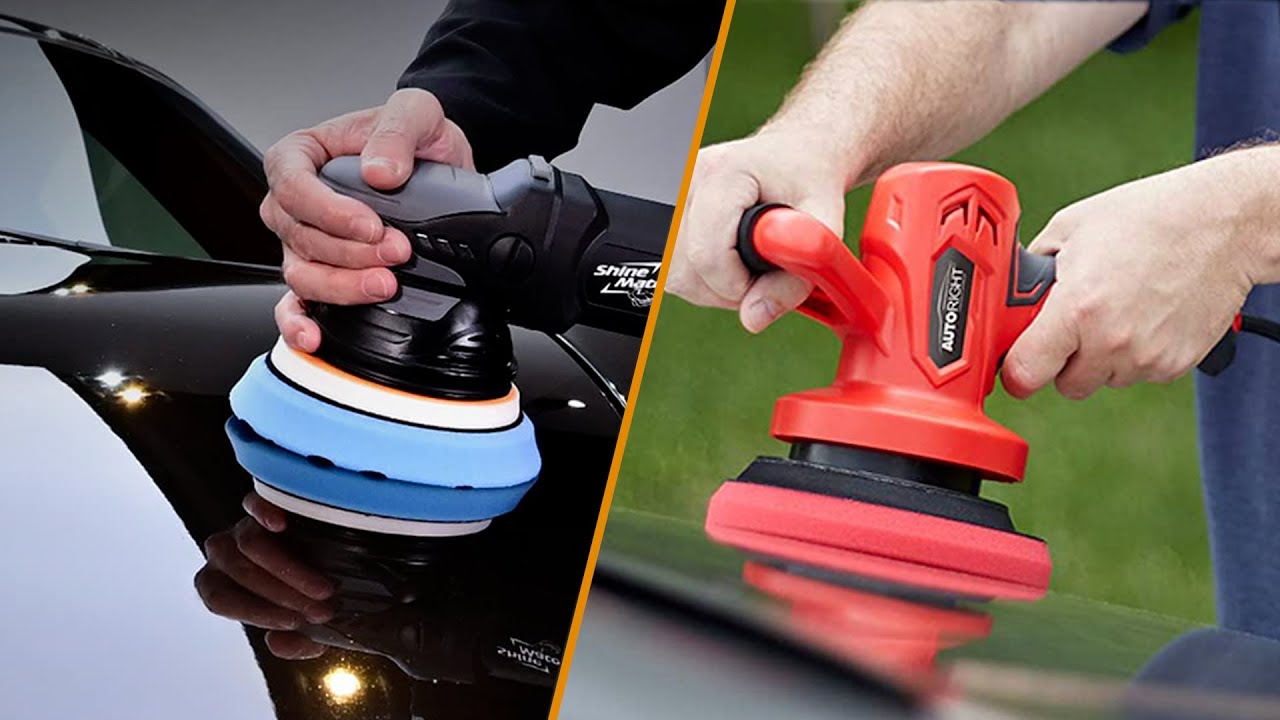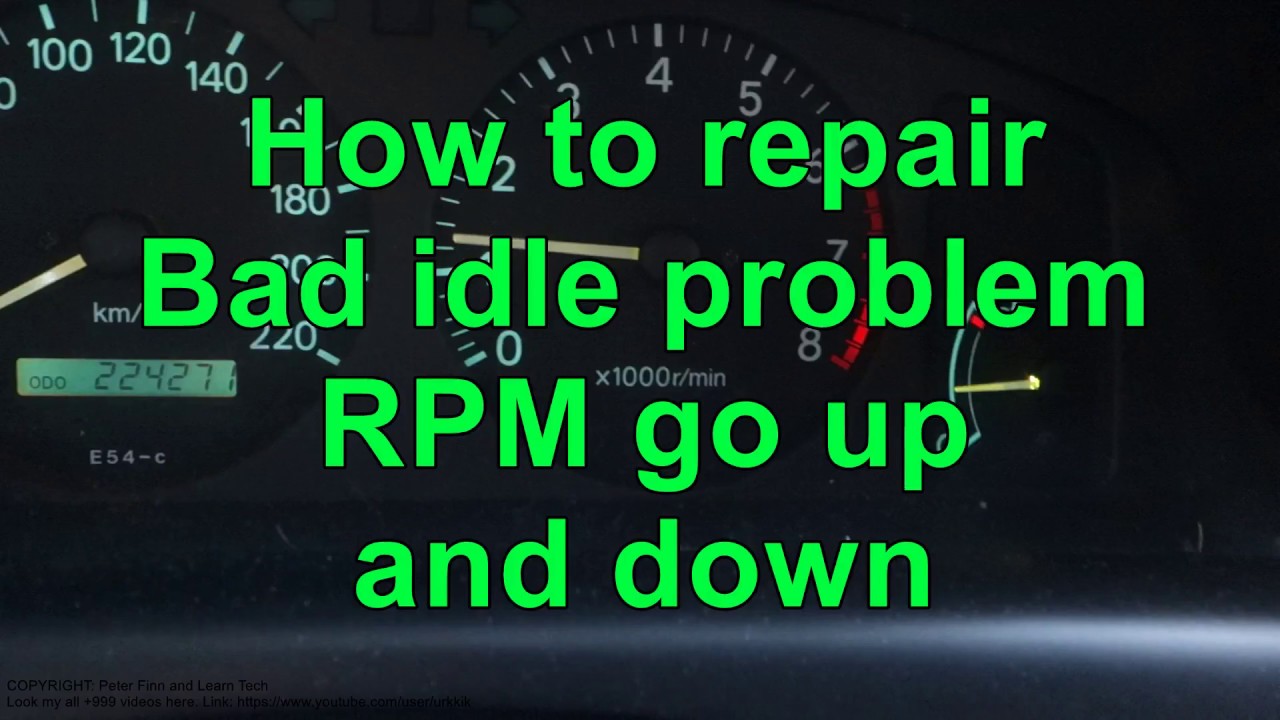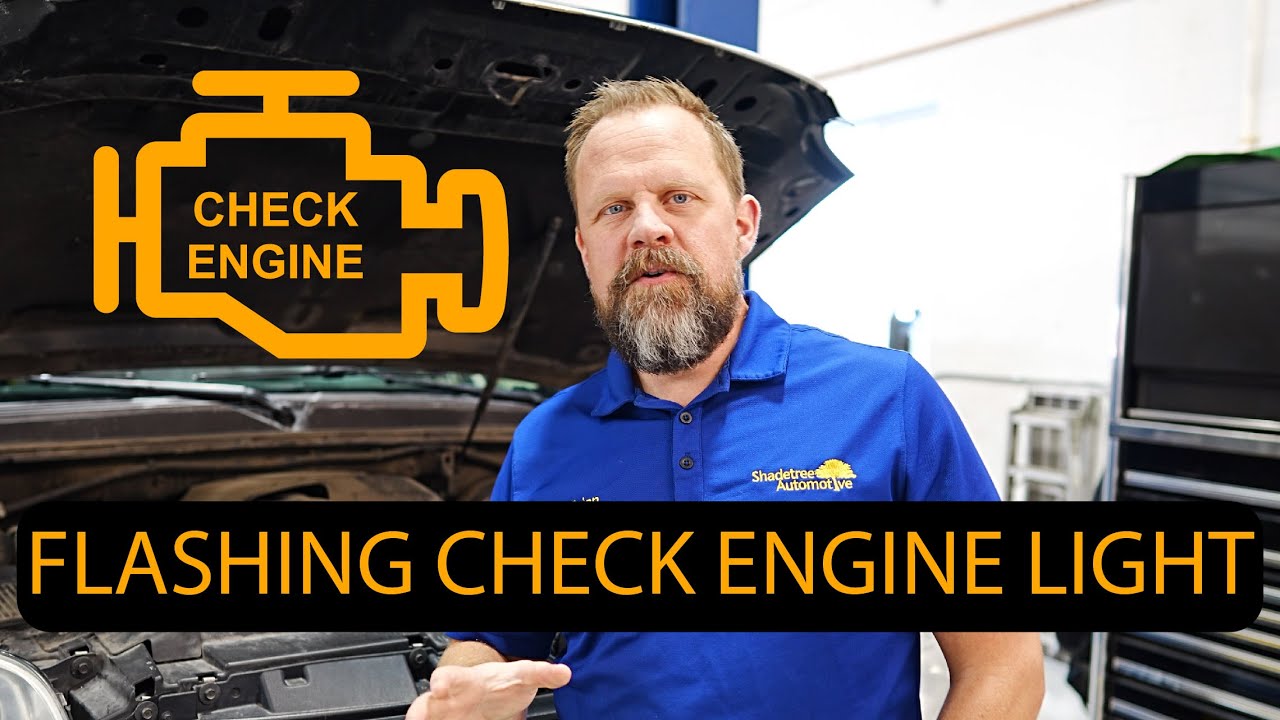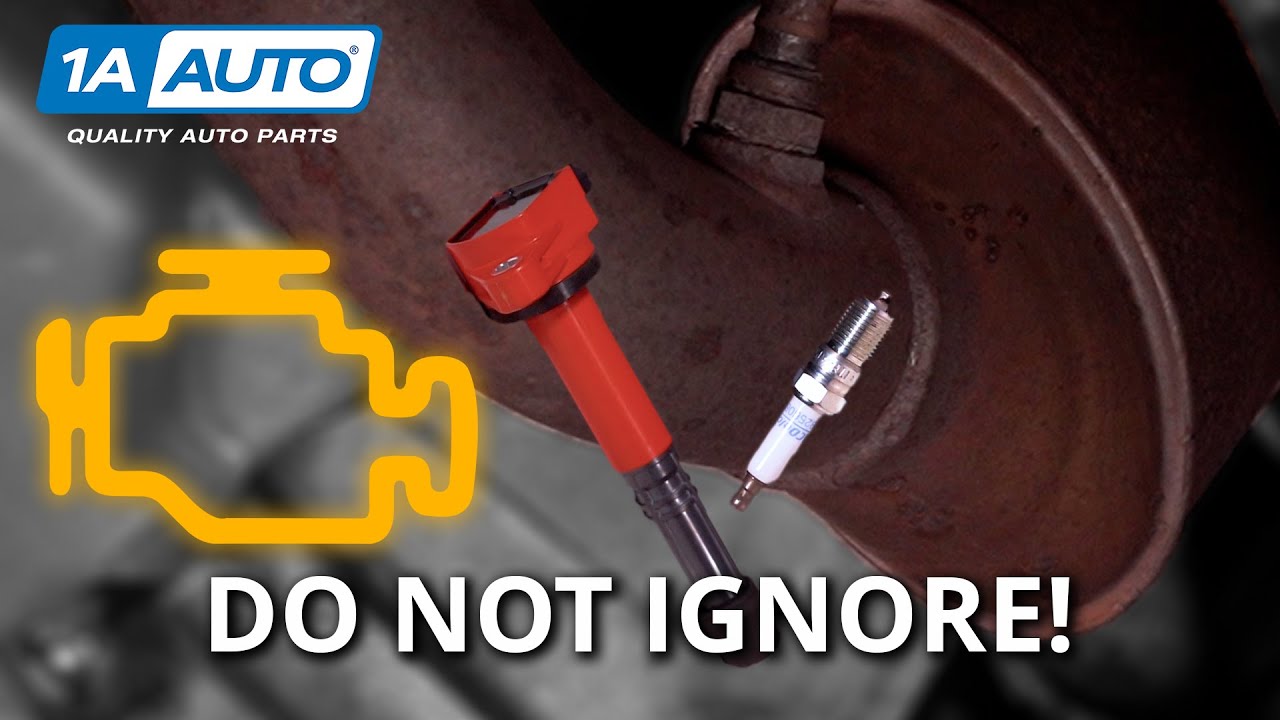Engine misfires can be a frustrating and potentially serious issue in your car, leading to poor performance, increased emissions, and potential damage to the engine if left unchecked. One common cause of engine misfires is the P0300 code, which indicates a random misfire.
Here are some steps you can take to diagnose and fix this issue:
Step 1: Check the Spark Plugs
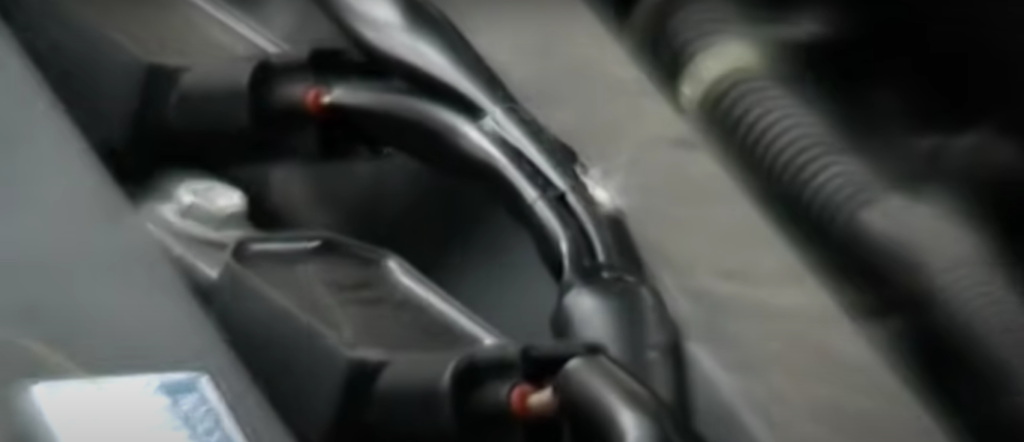
The first step to fixing random misfires is to check the spark plugs. Spark plugs can become worn out over time and may have too large a gap, causing them to misfire. It’s essential to replace the spark plugs if they are too worn out, and adjust the gap if necessary.
Step 2: Check for Vacuum Leaks
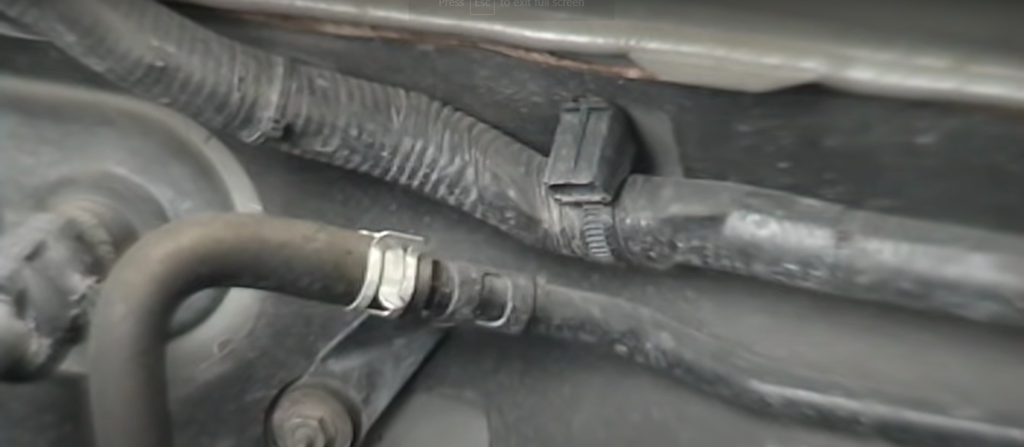
If the spark plugs are not the issue, the next step is to check for vacuum leaks. Vacuum leaks can cause a decrease in engine performance and may result in random misfires. To check for vacuum leaks, examine all vacuum lines coming out of the intake manifold, especially at the connections, for cracks. You can use a can of carburetor cleaner to spray the lines, and if the engine RPM increases, it indicates a vacuum leak.
Step 3: Check the Fuel Pressure
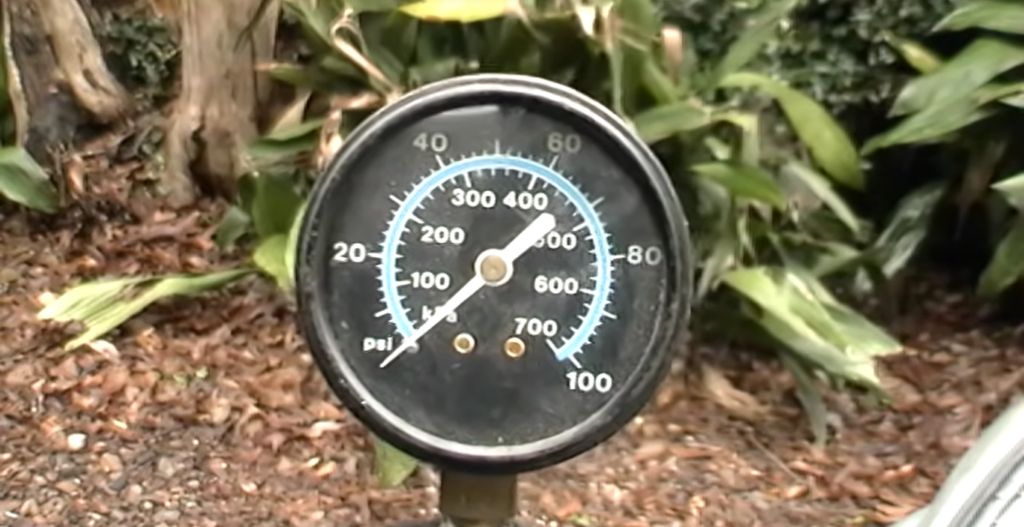
Another possible cause of random misfires is low fuel pressure. Low fuel pressure can cause the fuel injectors to deliver insufficient fuel, resulting in a misfire. To check the fuel pressure, use a fuel pressure gauge to measure the fuel pressure in the fuel injection system. If the fuel pressure is low, you may need to replace the fuel pump or clean the fuel filter.
Step 4: Check the Battery

A bad battery can also cause random misfires in modern cars, as everything is electronically managed by a computer. Have the battery tested with a machine to see if it needs replacing. If the battery is weak, it may not provide enough power to the ignition system, resulting in random misfires.
Keeping Your Engine Running Smoothly
Random misfires can be a frustrating problem, but with the right tools and knowledge, you can quickly diagnose and fix the issue. The first step is to check the spark plugs and adjust the gap if necessary. If the spark plugs are not the issue, check for vacuum leaks, low fuel pressure, a bad battery, and a clogged fuel filter. By following these steps, you can ensure proper engine performance and avoid random misfires.

